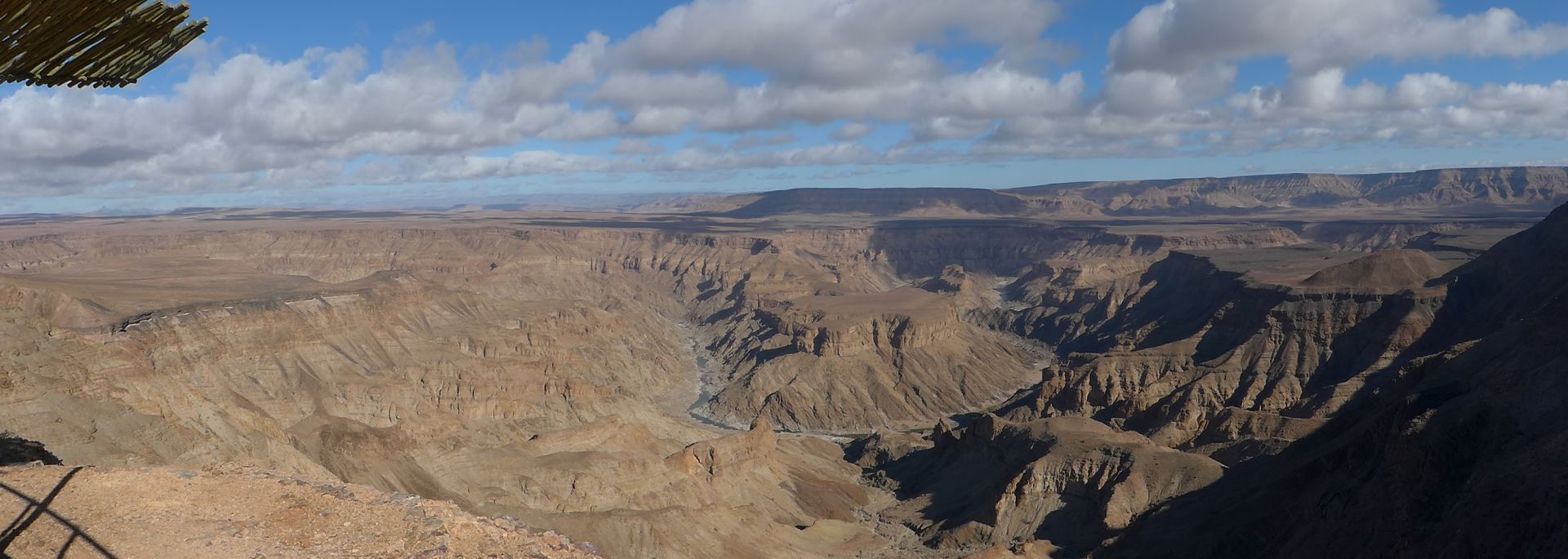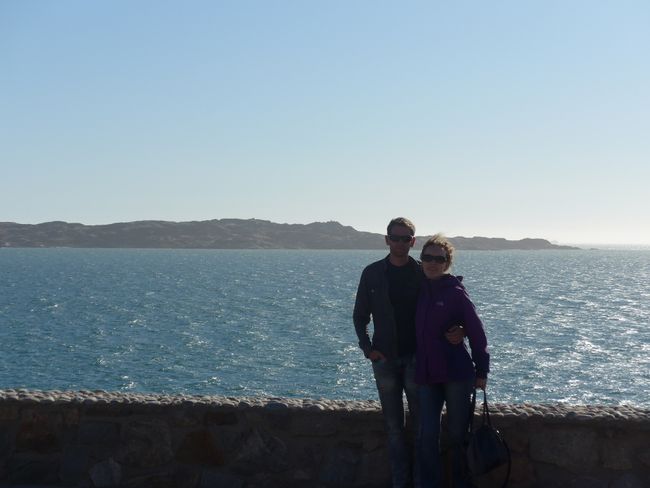Qaqortoq: village stories in southern Greenland (with AIDAaura to Greenland and Iceland 10)
Buga: 31.07.2022
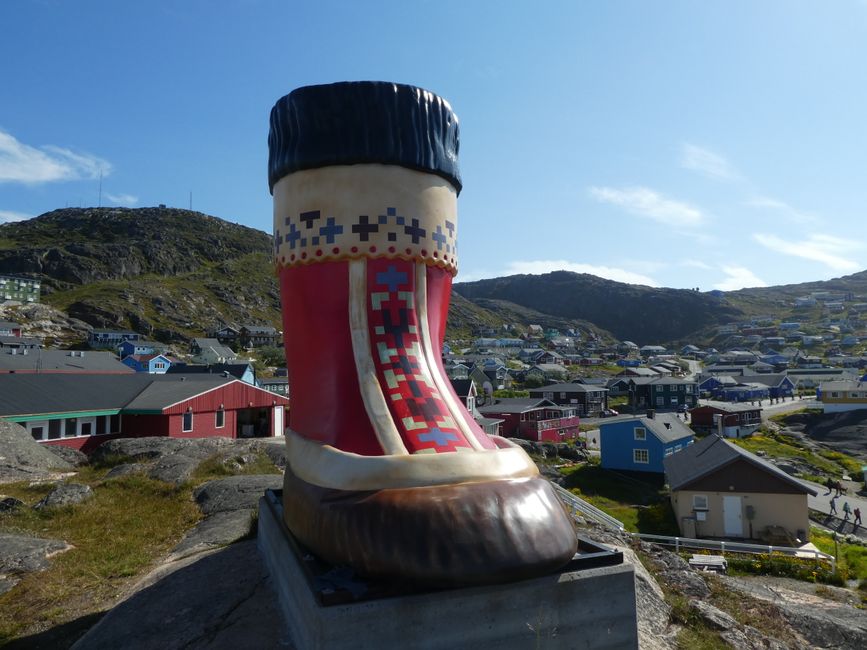
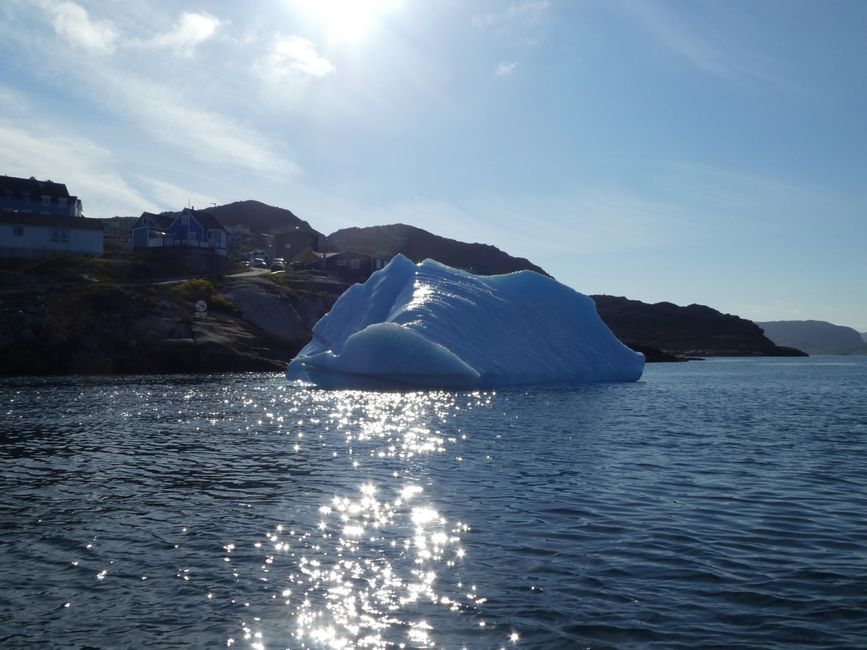
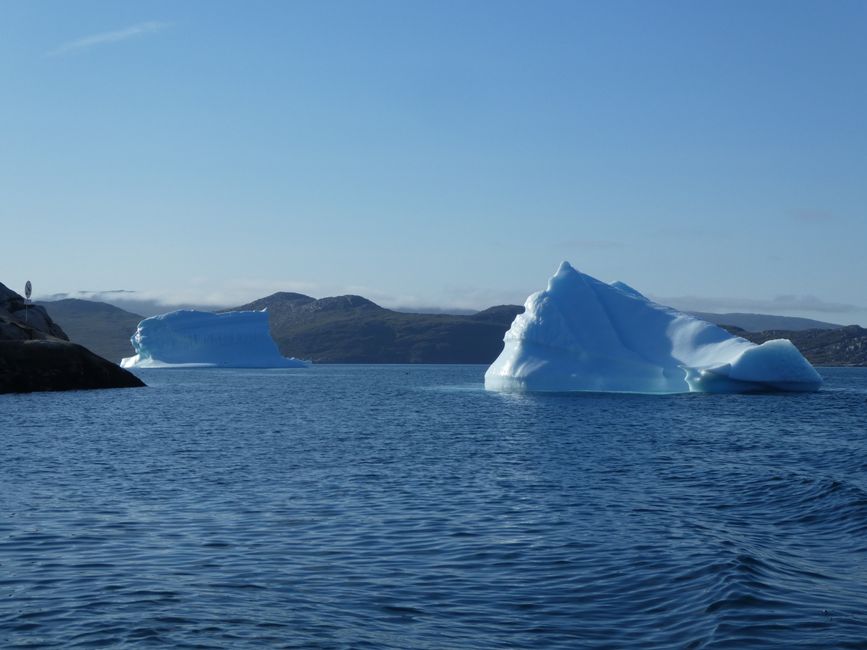
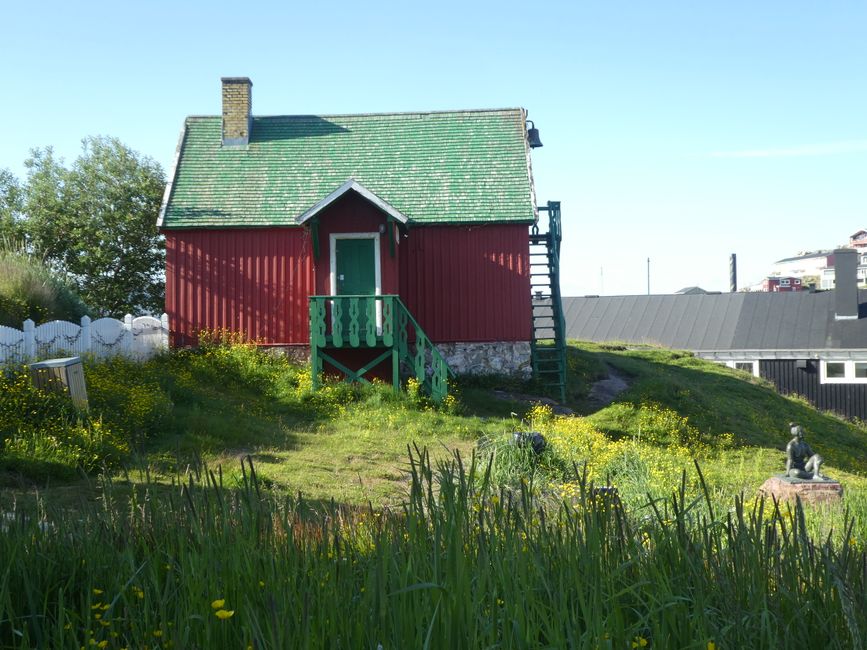
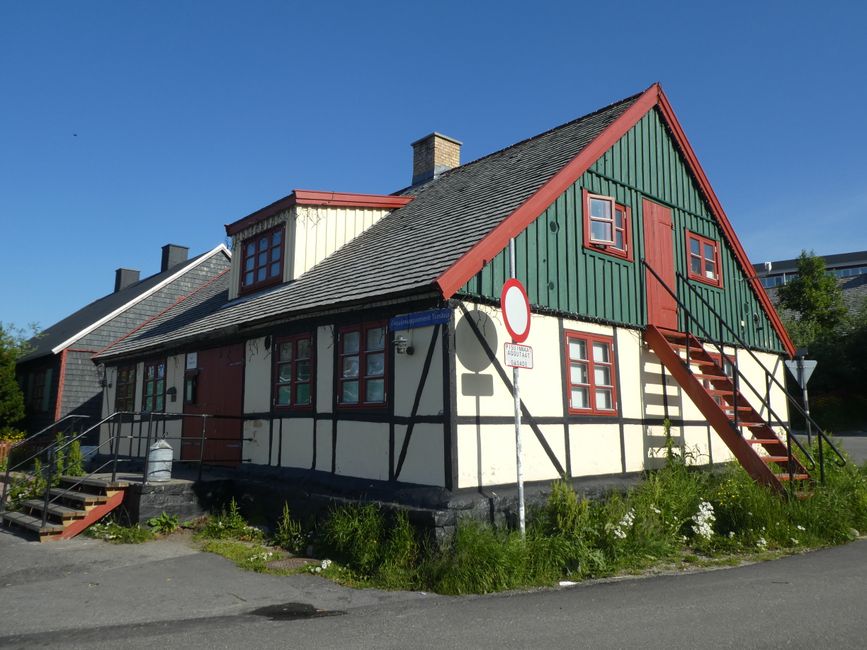
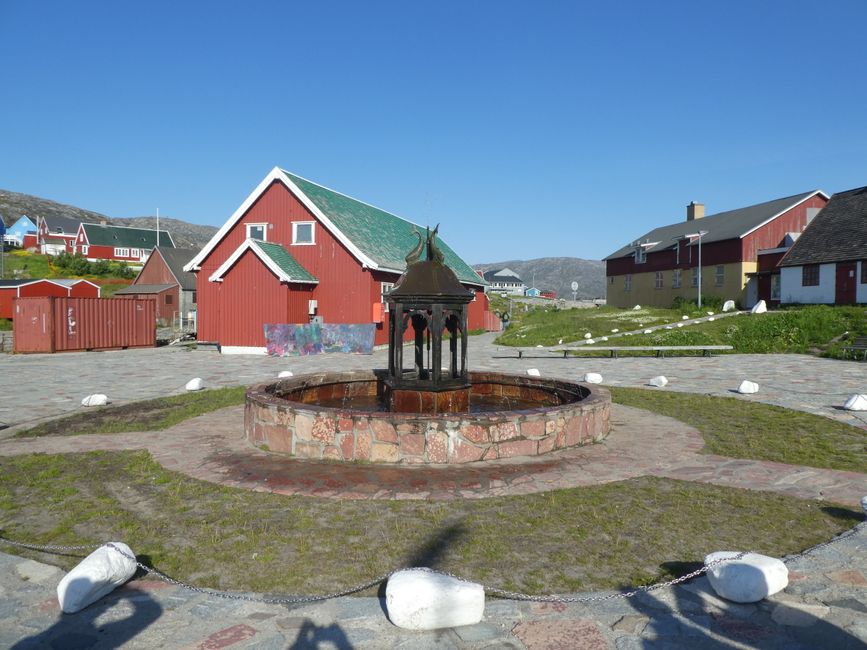
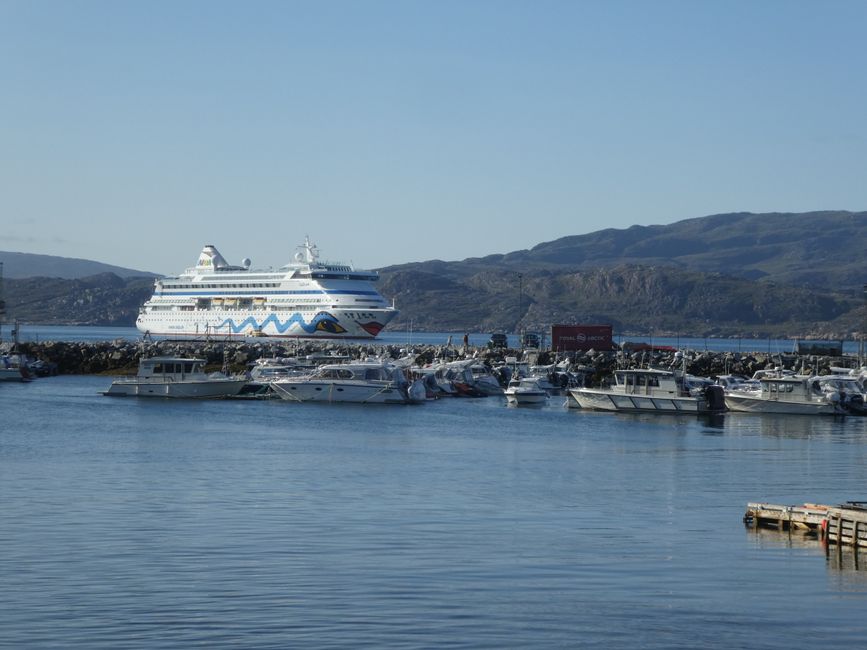
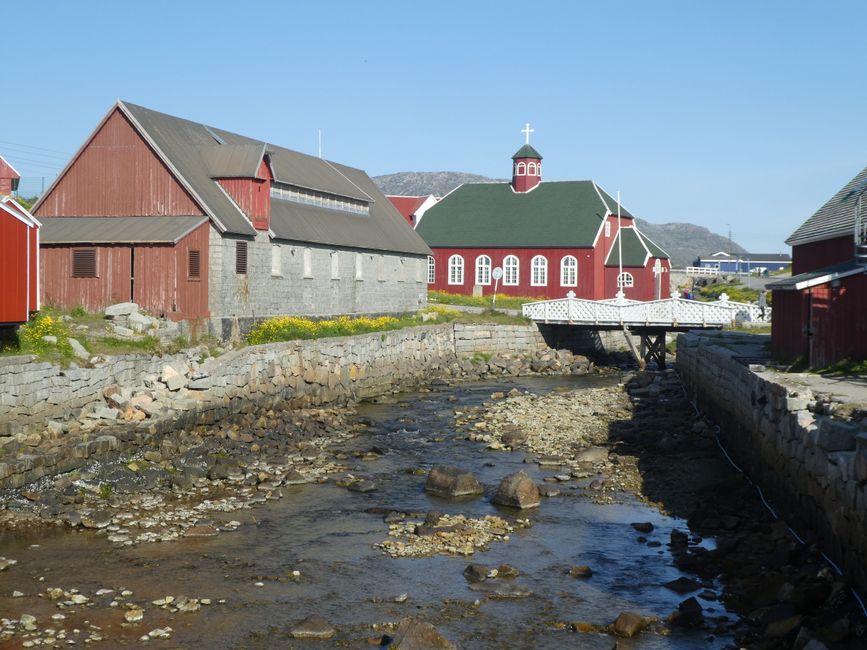
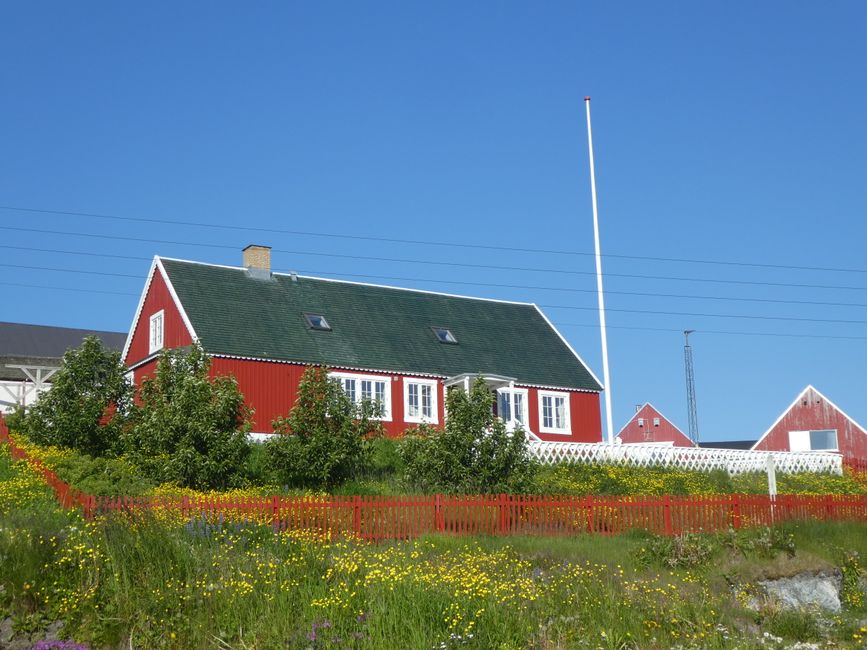
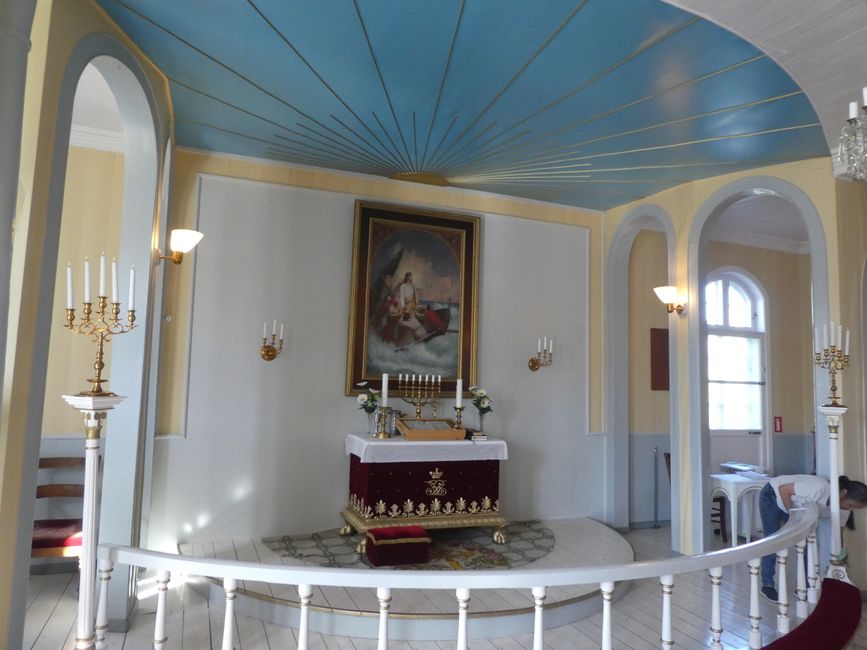
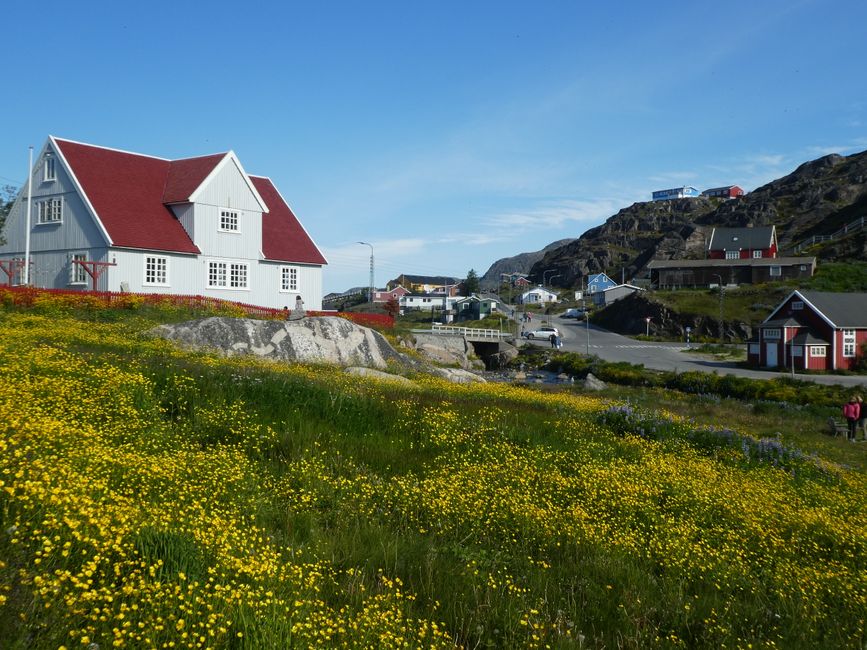
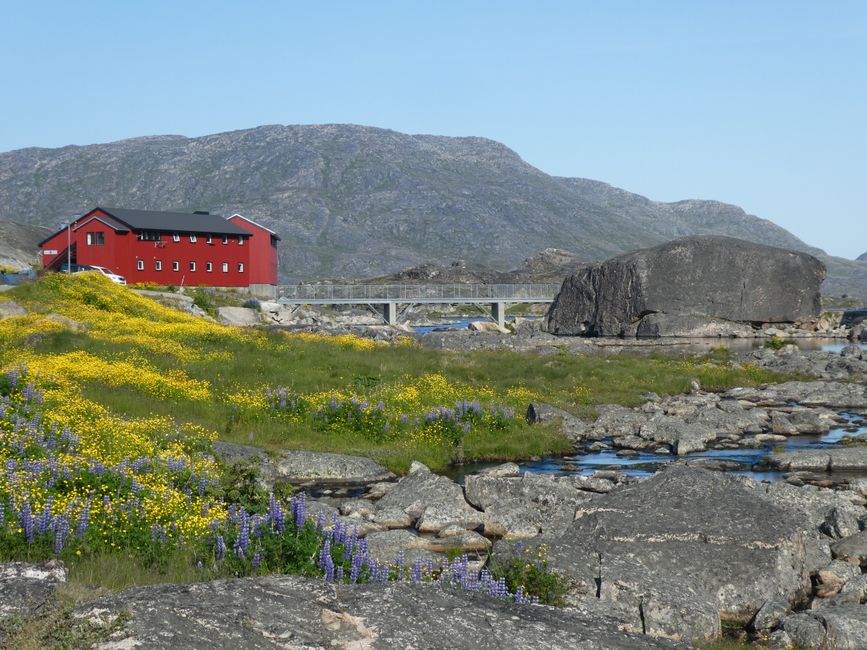
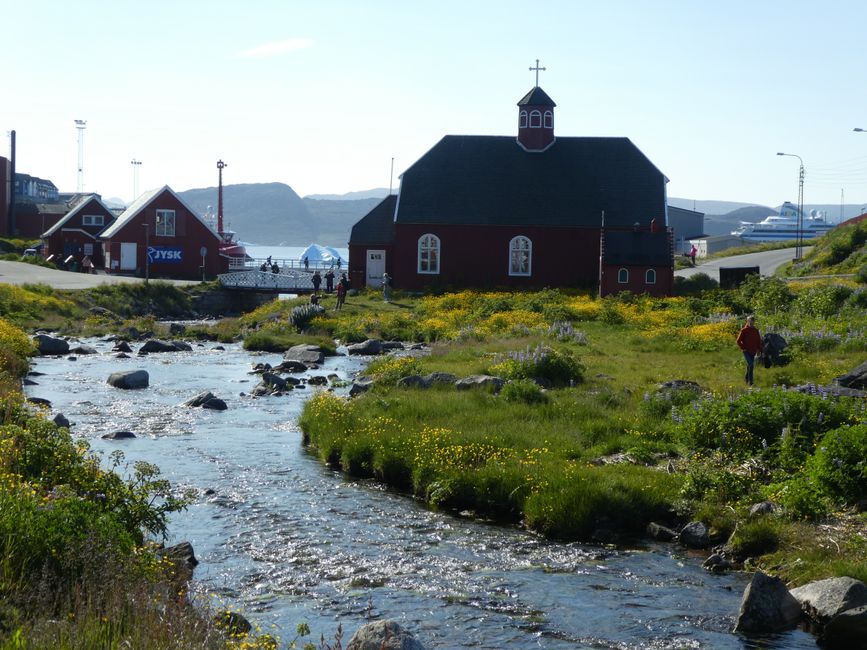
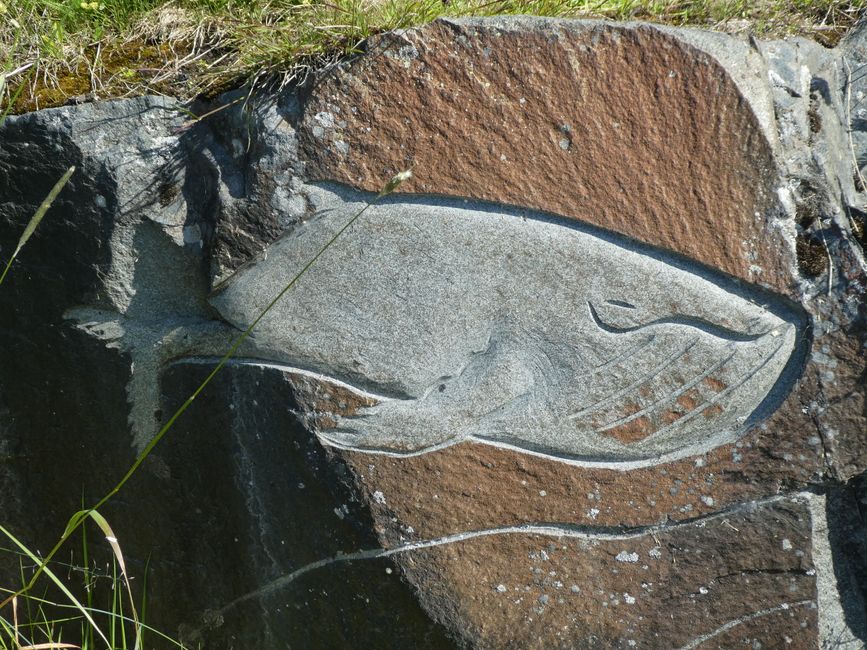
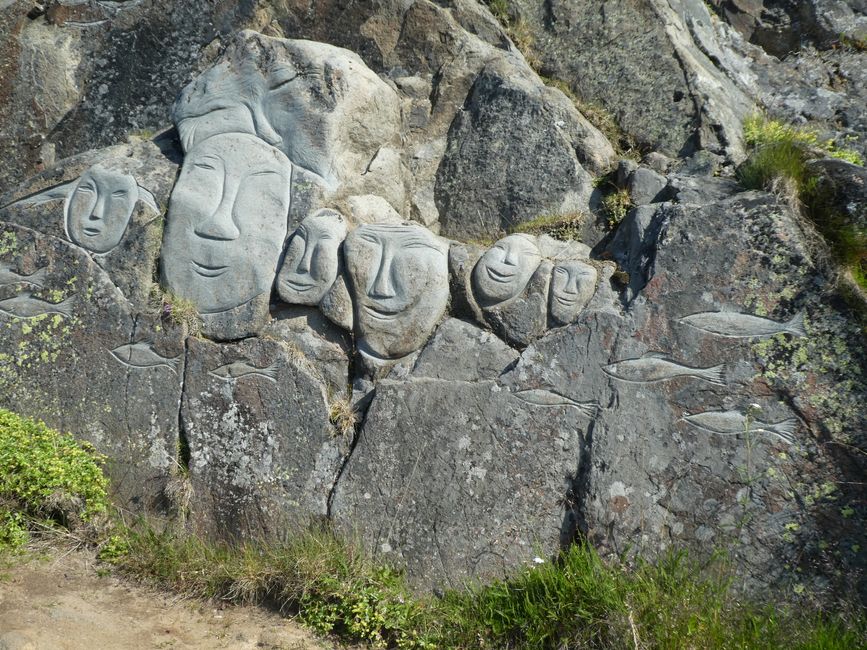
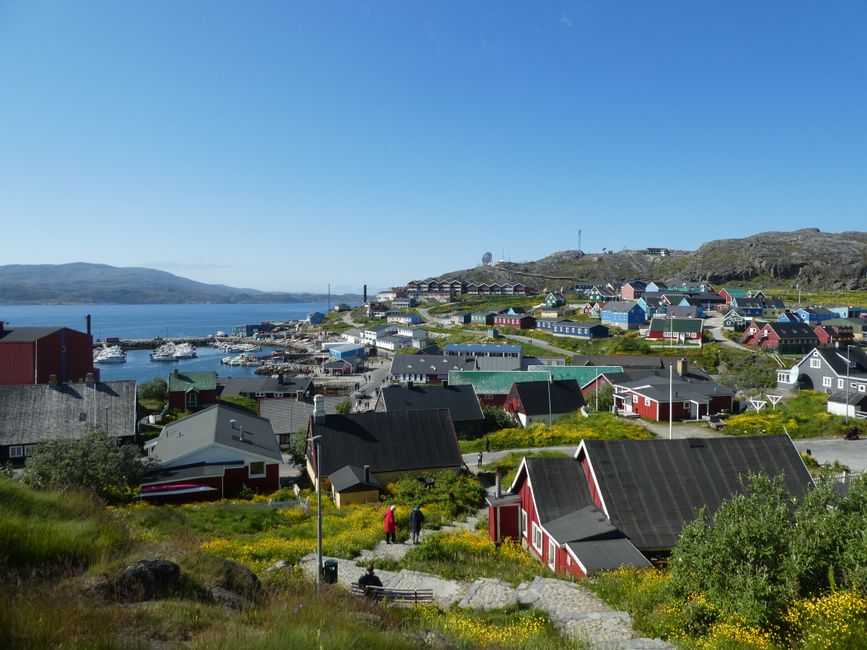
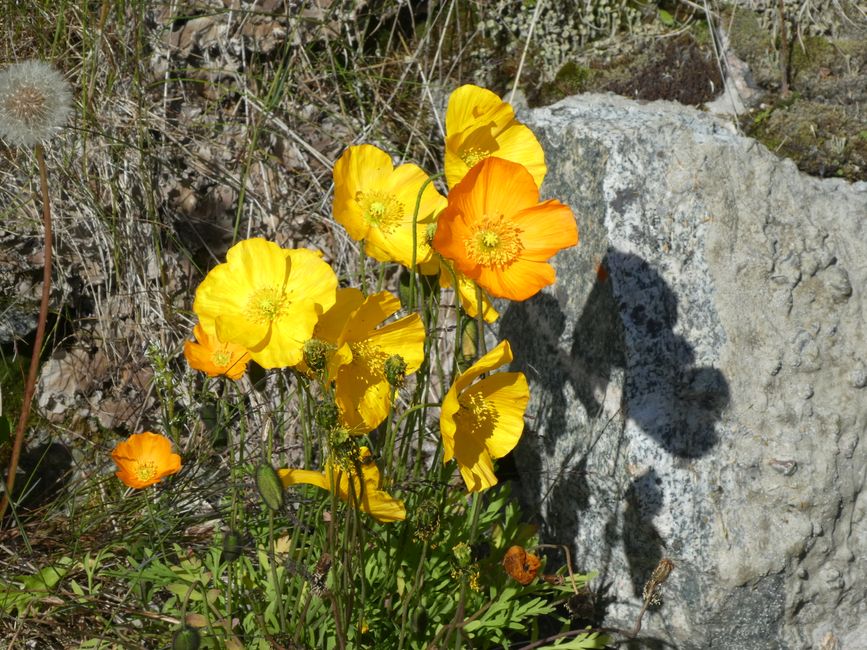
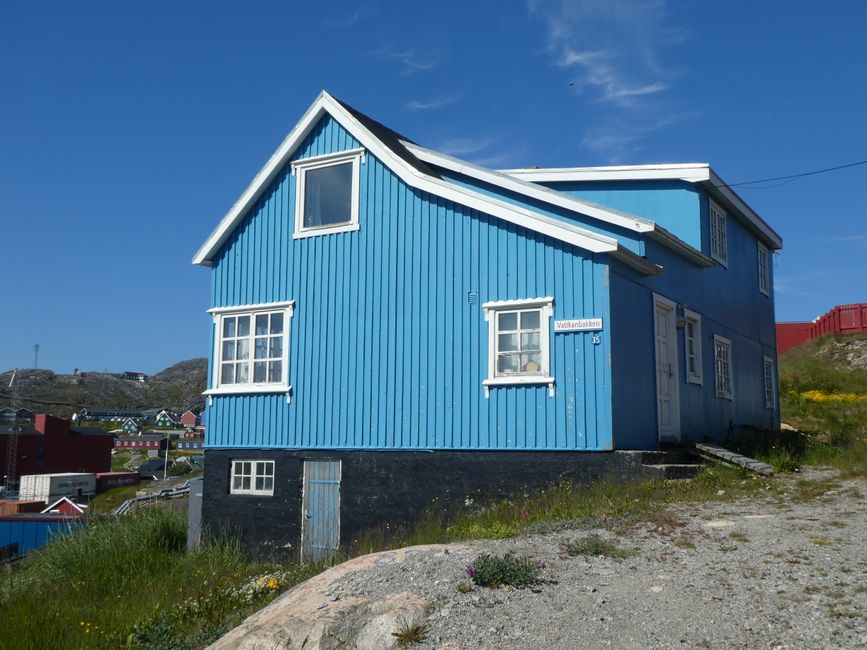
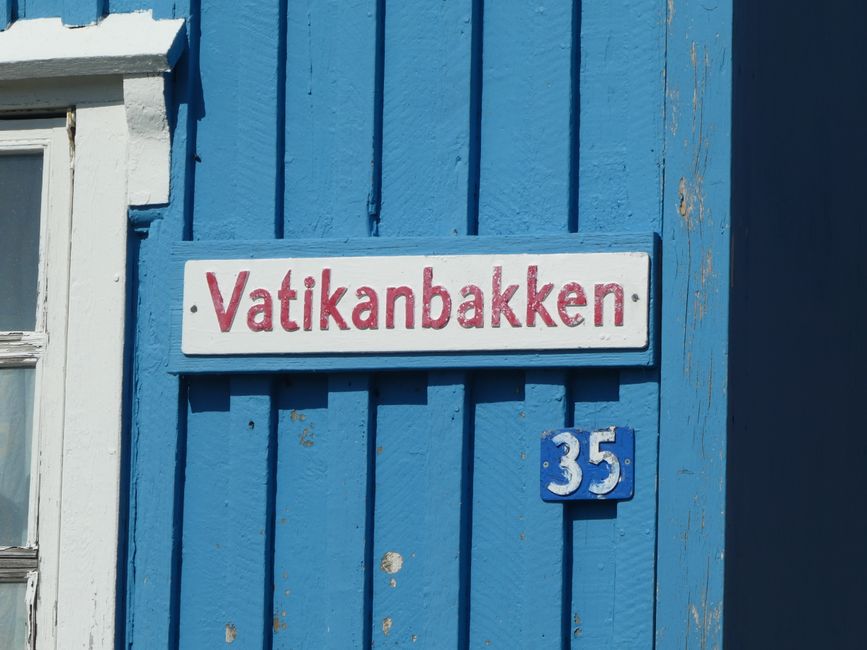
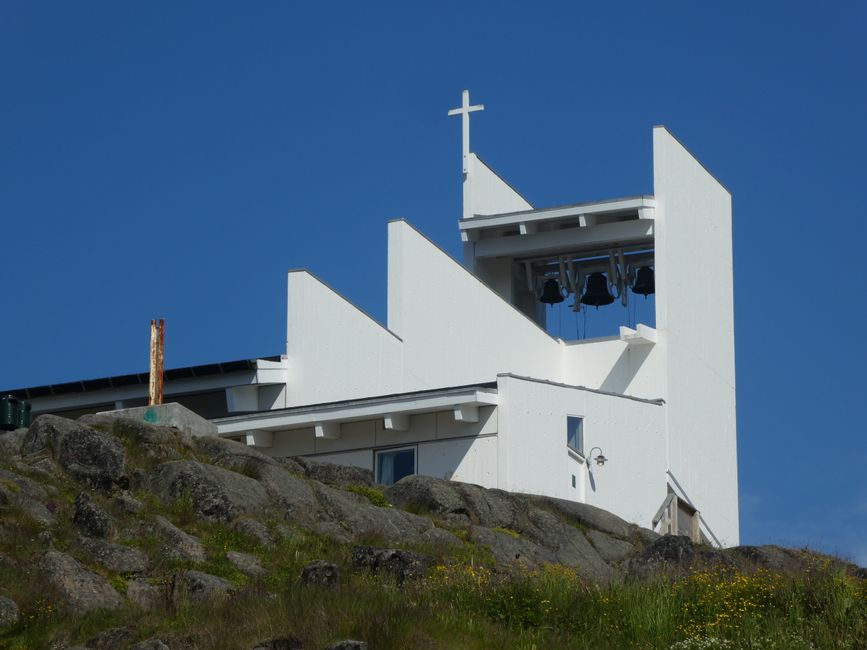
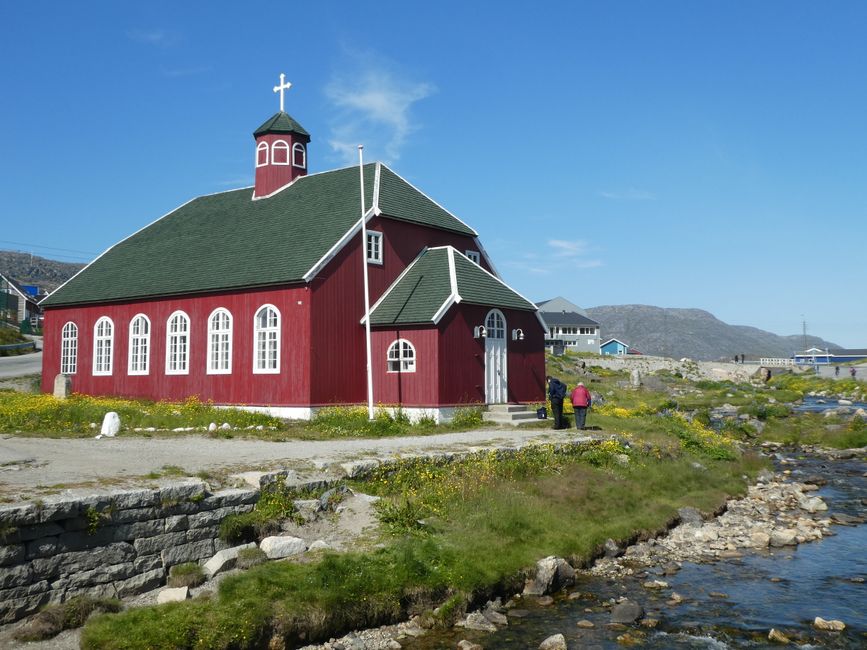
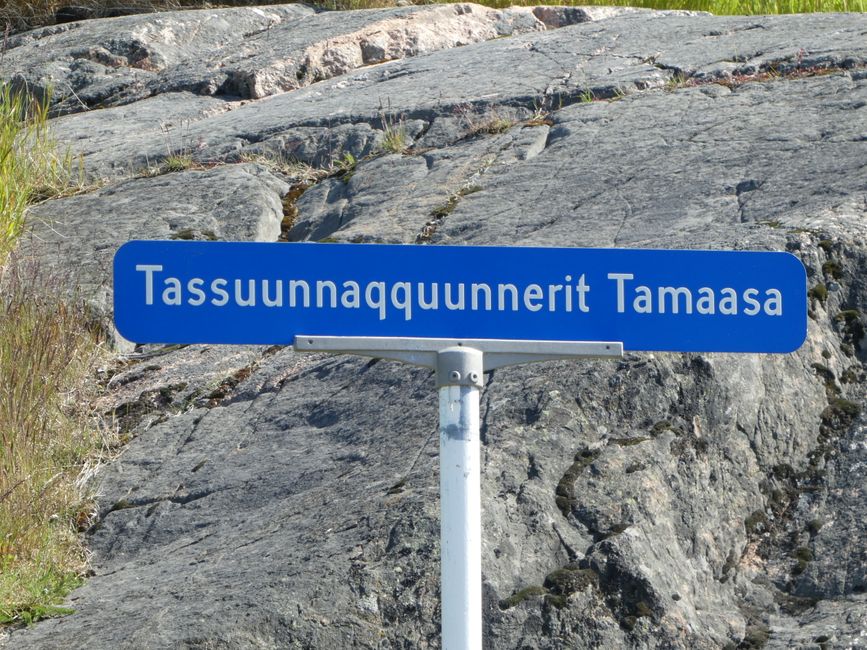
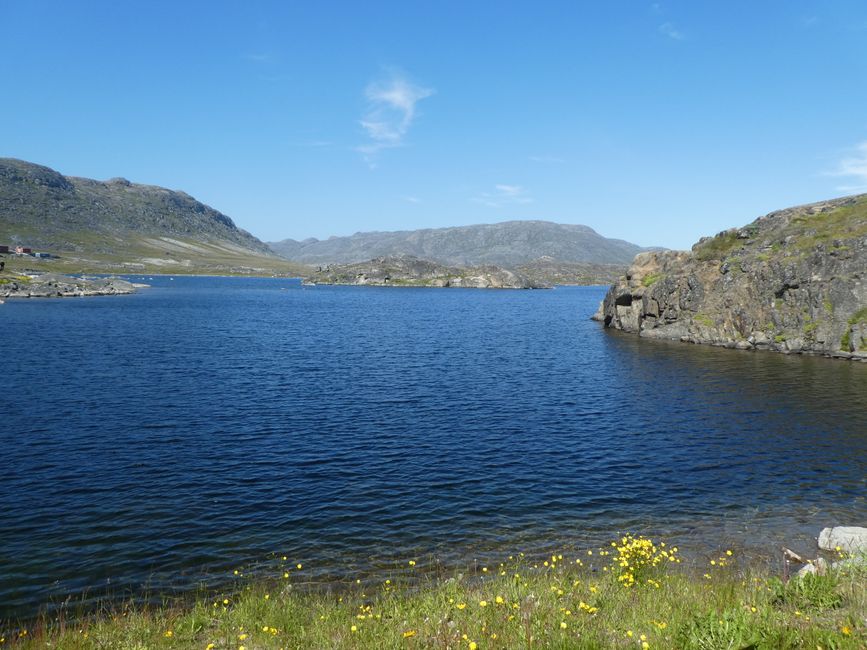
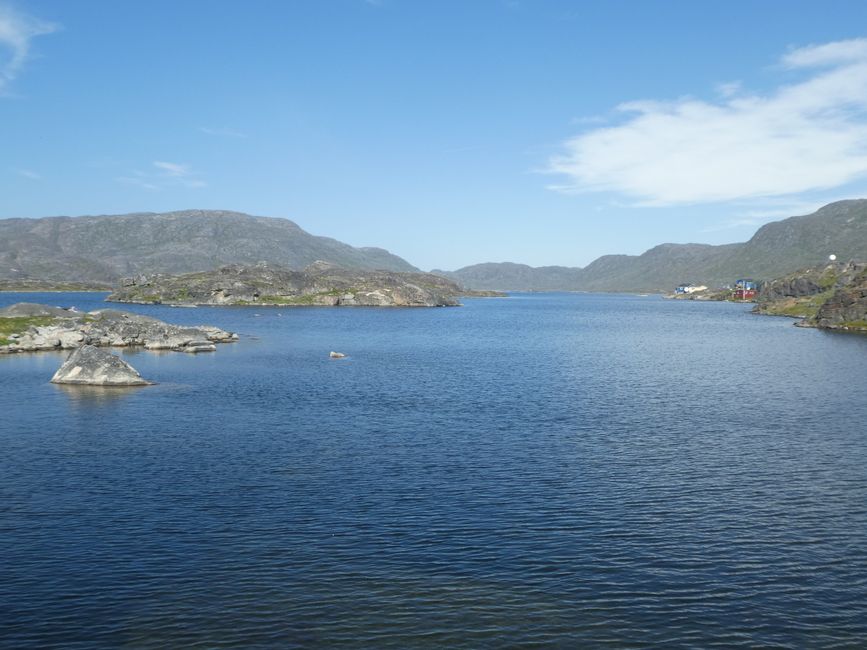
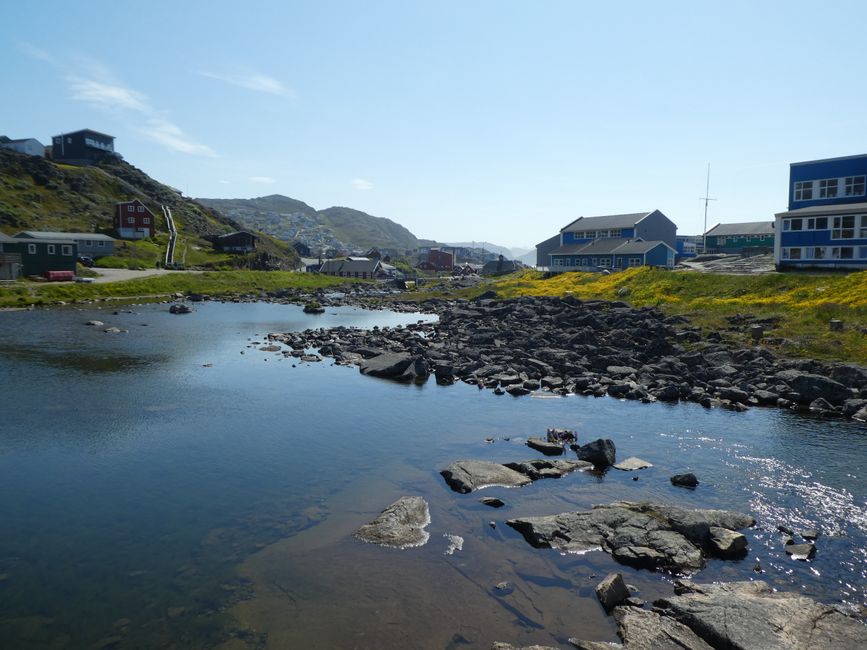
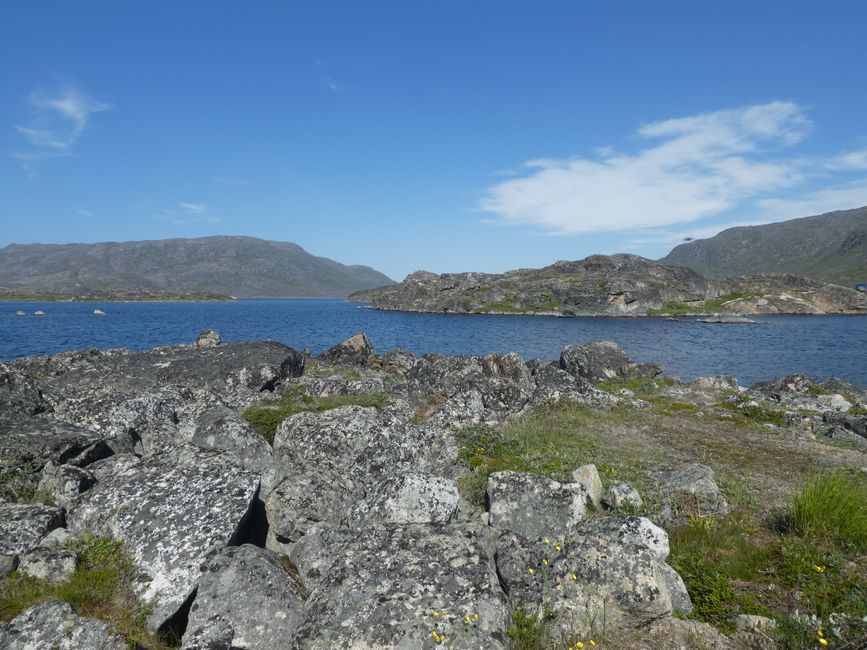
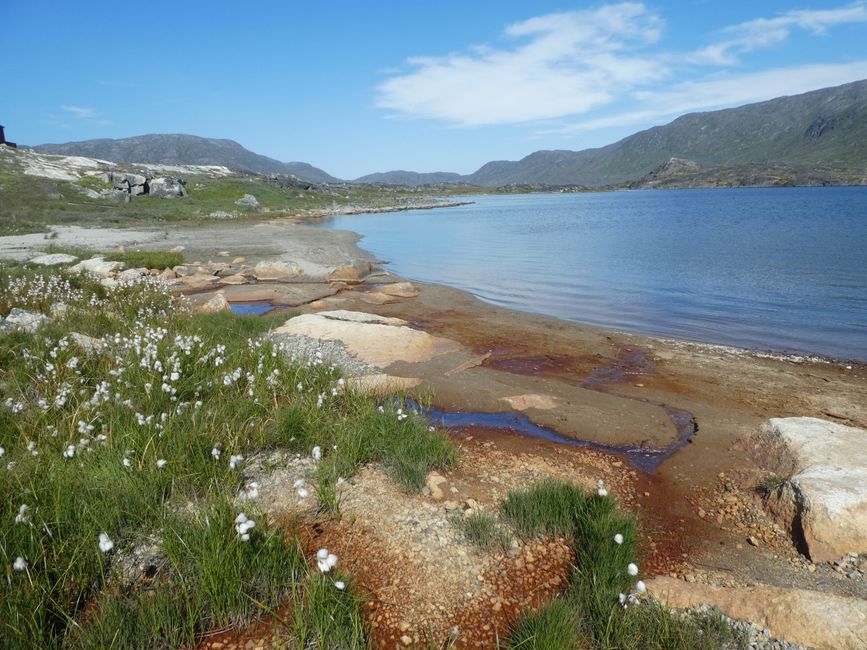
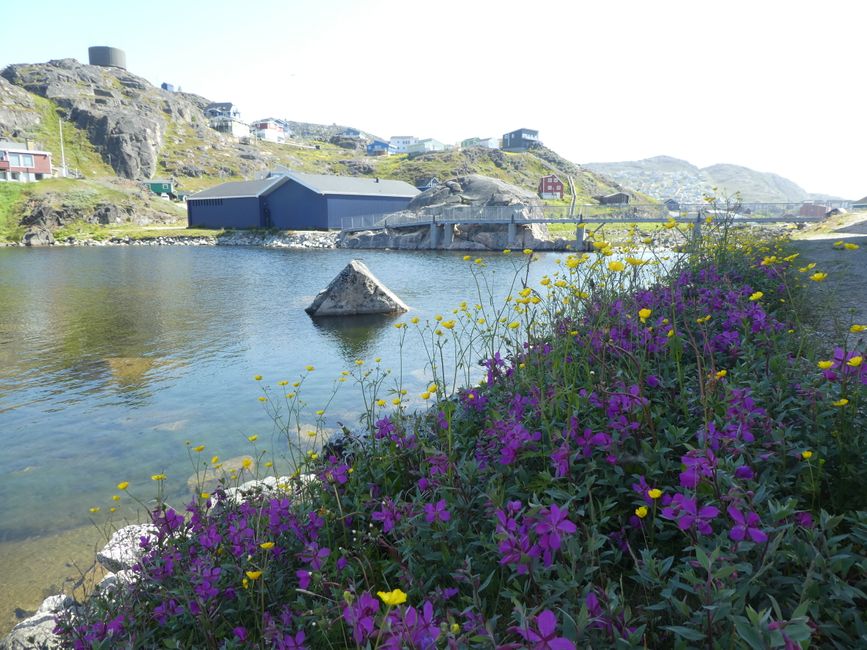
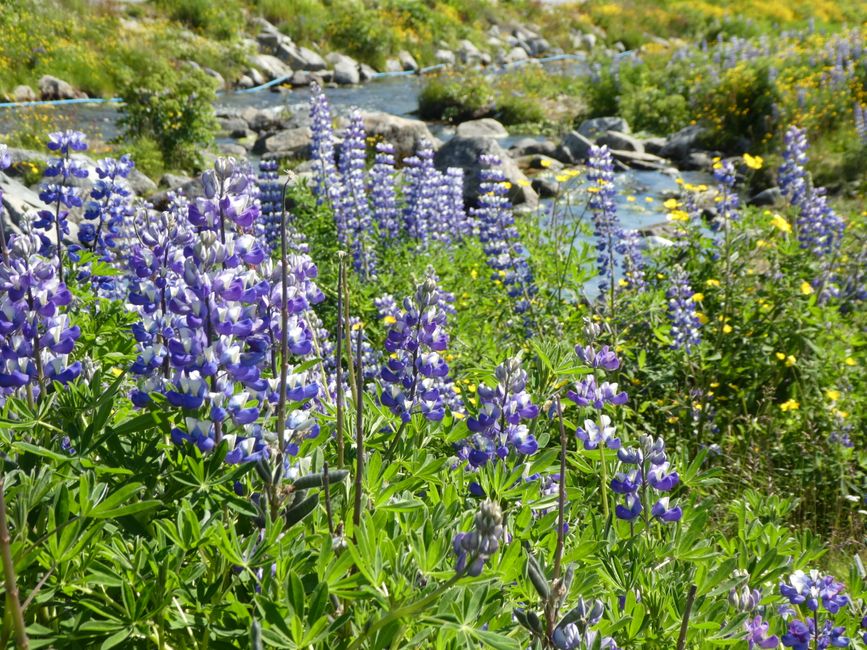
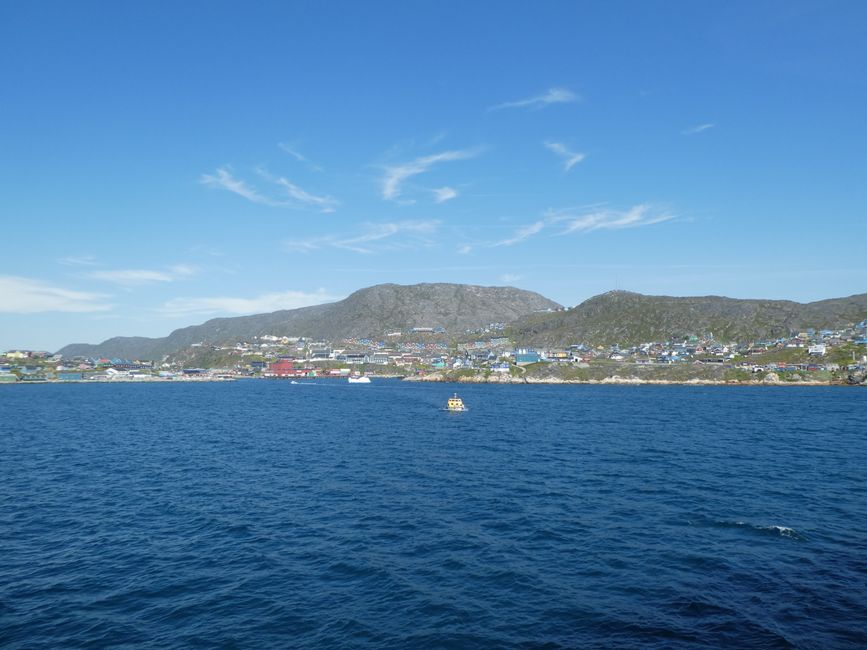
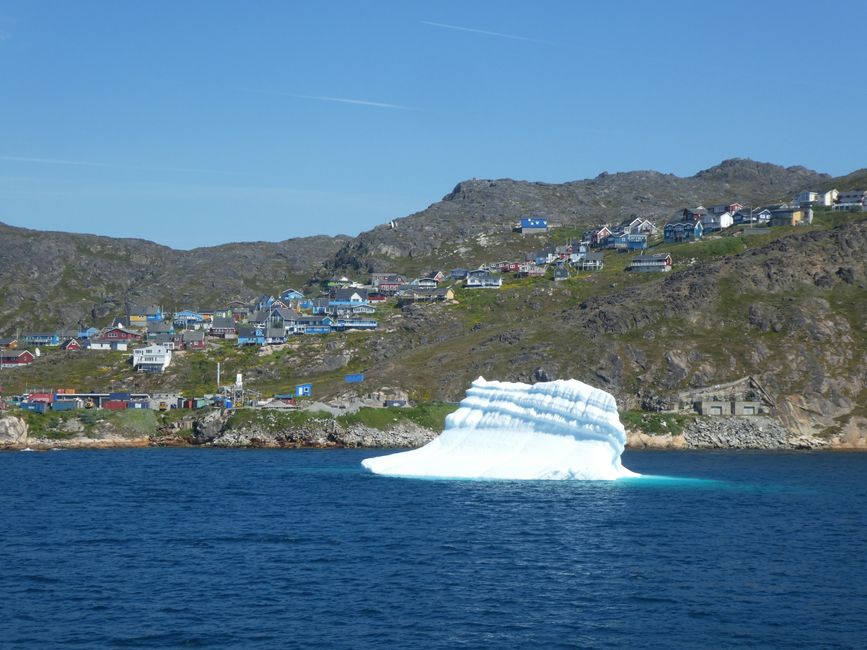
Biyan kuɗi zuwa Newsletter
Our last stop in Greenland was Qaqortoq. With about 3050 inhabitants, it is the largest city in southern Greenland.

We had booked a city tour in the morning.

A local led us through her hometown and also showed us her boat and birthplace.

Overall, during the tour we learned almost more about her eventful life, which took her to Germany, Israel, and Africa as a teenager, than about the place.

We passed the only fountain in Greenland on the main square, which was built here in 1927.

Next to it is a half-timbered house where carpenters and coopers used to have their workshops.

The guide pointed out the street name again, which encourages many tourists to take a selfie in front of it.

The small red Savior's Church was built in 1832.

Actually, it was supposed to be built four years earlier, but the ship that was supposed to bring the wood from Norway ran aground off the 'neighboring town' Paamiut and therefore arrived four years late.

Since 1973, the New Church has been standing higher up in the city. Its shape is supposed to resemble an iceberg.

The city is also known for the artworks that have been carved into the stone everywhere.

We saw some of them as we walked through the city alone.

We also climbed some stairs. The city is built on a hillside, so almost all houses have a beautiful view - but the way there is not necessarily easier.

Actually, we had also booked a trip to an old Viking church. Unfortunately, the boat that was supposed to take us there was broken and so the trip had to be canceled.

Therefore, we walked out of the city to a lake.

In summer, this lake is used as a bathing area by some (apparently very cold-resistant) local children.
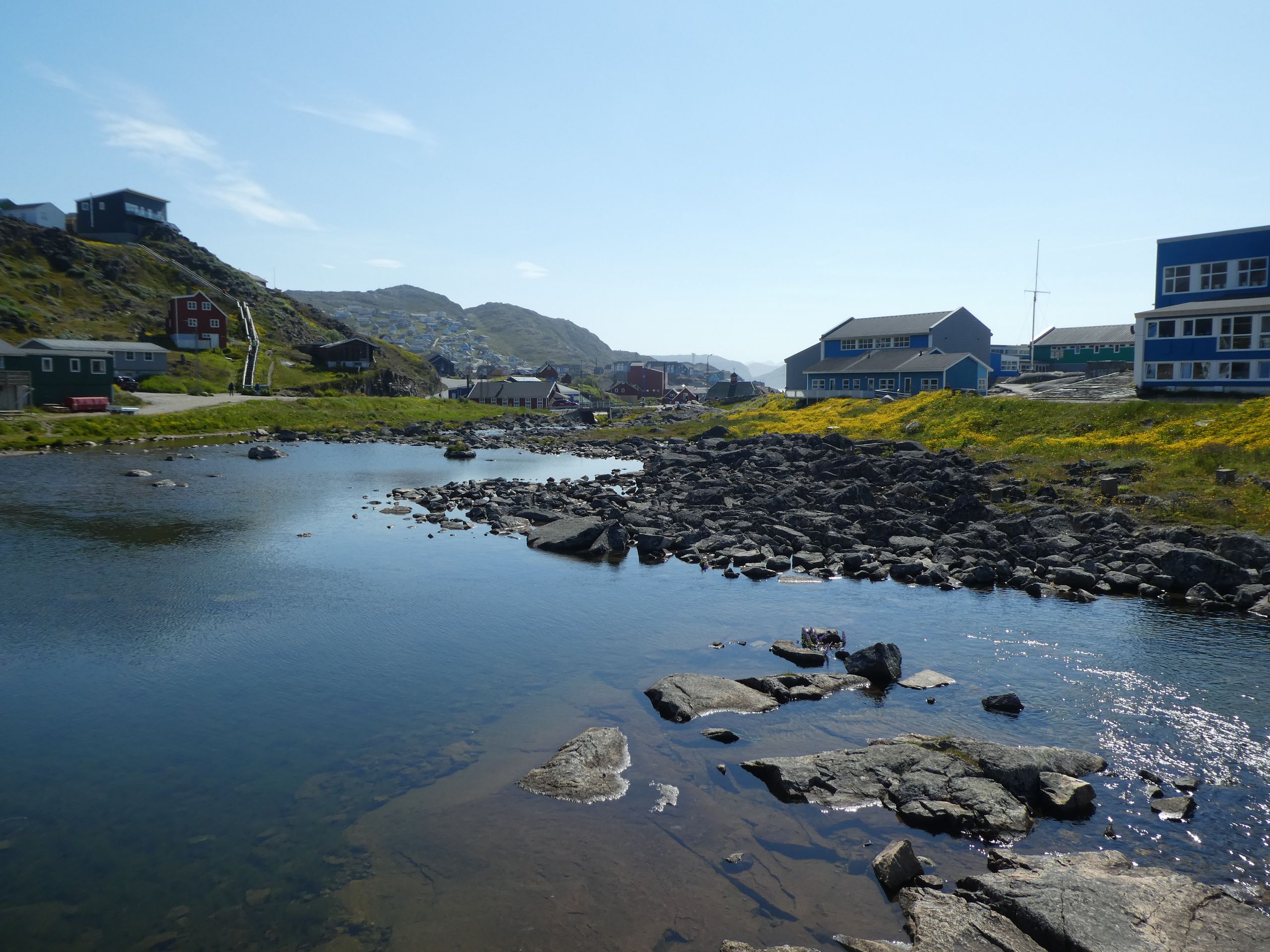
We preferred to walk along the shore and only briefly tested the water temperature with our fingers. (The test showed that it was too cold to swim, although some children nearby saw it differently.)
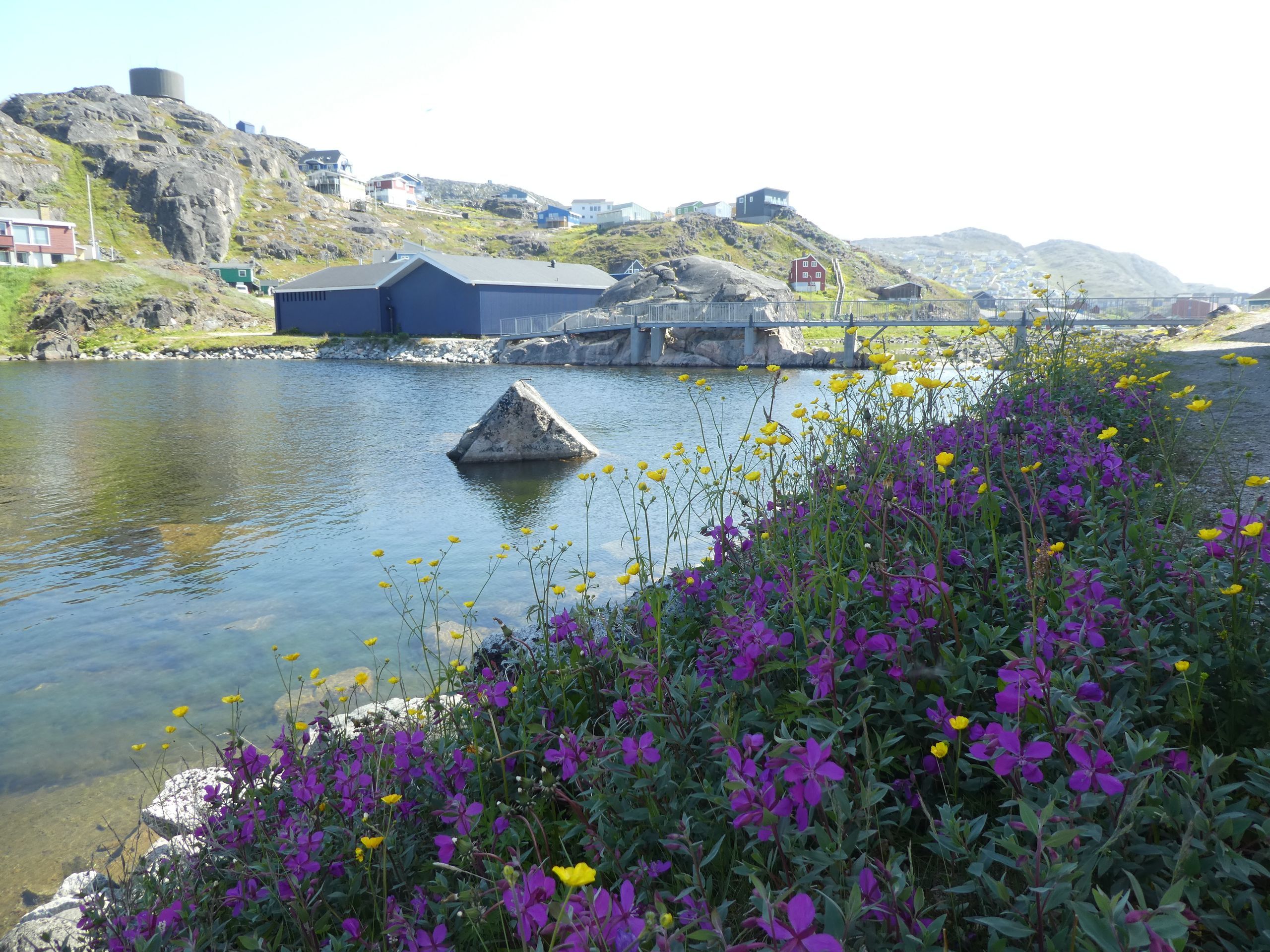
In the afternoon, we listened to a lecture by Dr. Stefanie Arndt, a sea ice physicist who is a speaker on the trip. She reported on the Endurance Expedition 2022 to Antarctica, in which an international team searched for and found the shipwreck of the same name that sank there in 1914.
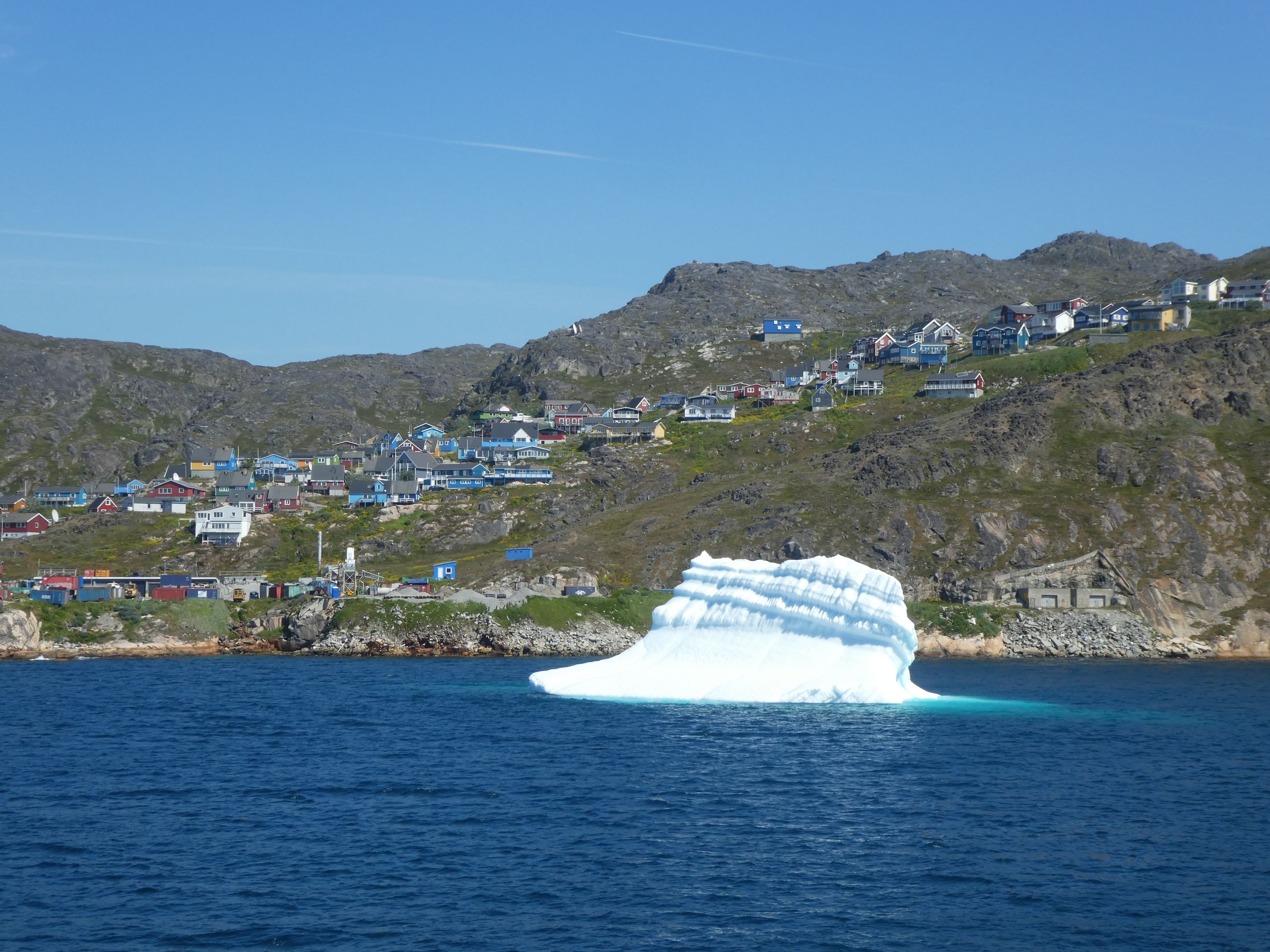
We spent the next day on the water as we headed back to Iceland across the Atlantic.
Biyan kuɗi zuwa Newsletter
Amsa
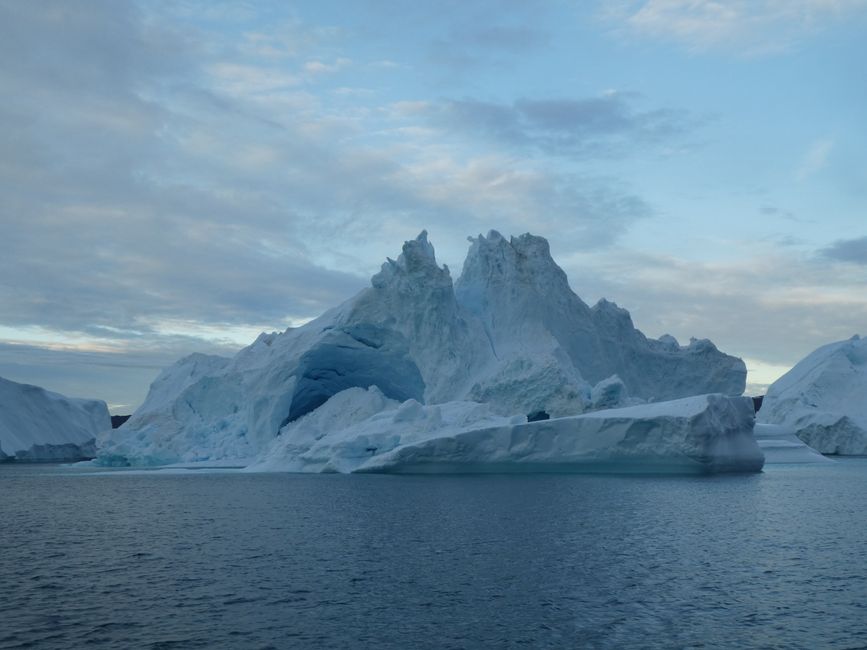
Rahoton balaguro Greenland
